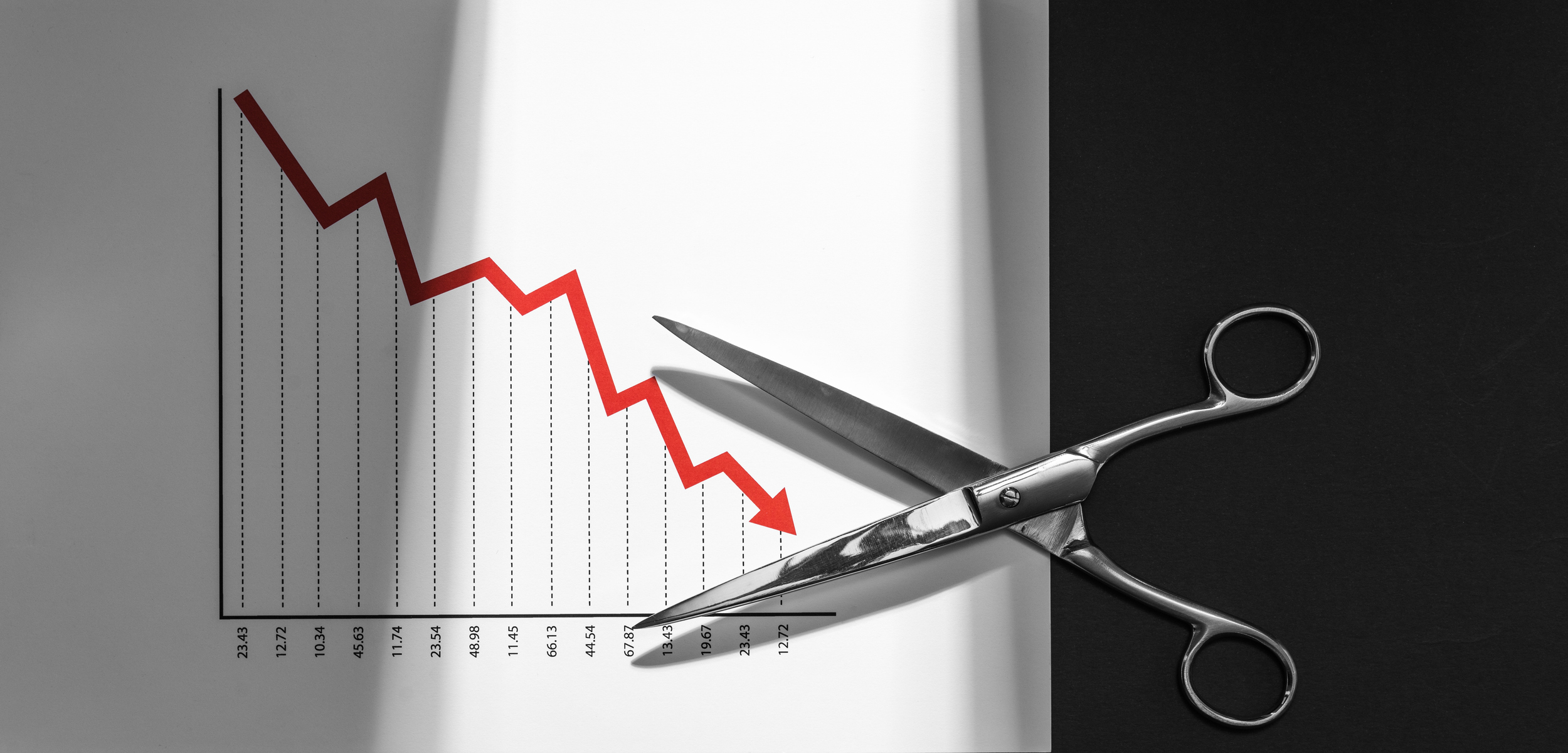Key Findings
- In 2009, Washington’s Legislature directed the State Board of Education to create an annual Accountability Index of the state’s public schools.
- The State Board of Education has worked since that time to develop the Public School Accountability Index, ranking schools among four indicators of achievement and categorizing schools as Exemplary, Very Good, Good, Fair or Struggling.
- Results from the Index show that 23.5% of the state’s public schools rank in the top two tiers, Exemplary or Very Good.
- Results from the Index show that 41.9% of the state’s public schools rank in the bottom two tiers, Fair or Struggling.
Washington Policy Center’s Public School Accountability Index rates the quality of more than 2,075 public schools across the state. The Index is based on data compiled by the State Board of Education’s 2011 Achievement Index, using results from the 2010–11 school year.
The purpose of the Index is to determine whether and to what extent school officials are fulfilling their paramount duty to provide a quality education for every child residing within the borders of the state. The Legislature stated:
The SBE [State Board of Education] has responsibility for implementing a statewide accountability system that includes identification of successful schools and districts, those in need of assistance, and those in which state intervention measures are needed.
For the past two years, the SBE has been working on accountability, and on January 15, 2009, it adopted a resolution to develop an accountability index, work to build the capacity of districts to help their schools improve, establish a process for placing schools and districts on Academic Watch, and continue to refine the details of the accountability system.
The Public School Accountability Index grades Washington public schools on a scale of one to seven, measured by four indicators and five outcomes. The four indicators are:
- Achievement by non-low income students
- Achievement by low-income students
- Achievement compared to other schools with similar demographics
- Improvement in student achievement.
The five outcomes are student test scores in reading, writing, math and science, plus each school’s graduation rate. Using these measures, schools were placed in one of five categories: Exemplary, Very Good, Good, Fair or Struggling. The table following presents the overall results.
| Category | Score Range | Number of Schools | Percentage of all Schools |
| Exemplary | 5.50 – 7.00 | 203 | 9.7% |
| Very Good | 5.00 – 5.49 | 288 | 13.8% |
| Good | 4.00 – 4.99 | 713 | 34.3% |
| Fair | 2.50 – 3.99 | 702 | 33.8% |
| Struggling | 1.00 – 2.49 | 169 | 8.1% |
The Index shows that 871 schools, or 41.9 percent, rank as only Fair or Struggling, while just 491, or 23.5%, rank as either Very Good or Exemplary.
The poor academic standing of most public schools is not due to lack of support from taxpayers. Public schools receive just over $10 billion a year, or $10,326 per student, in operating funds, plus an additional $1.3 billion for school construction.
Funding for Washington public education is at record highs. Since 1980 education spending, adjusted for inflation, has more than doubled, while the number of students, due to smaller families, has increased by only a third. There are fewer students today in relation to the total population than in the past, and per-student spending is the highest ever.
Although Washington taxpayers strongly support public education and provide generous annual funding, only 60 cents of every education dollar reaches the classroom, and nearly one-third of students drop out before completing their education. The governor’s Washington Learns commission concluded, “Public education officials are producing a generation of students less educated than their parents.”
Governor Gregoire says she found that more spending does not improve learning for students: “I put a lot more money into K–12. But then you sit there and say, ‘Why have I not been able to get the result I set out to achieve?’”
Policy changes that would improve learning for children without increasing spending are described in Washington Policy Center’s Education reform plan, Eight Practical Ways to Reverse the Decline in Public Schools.
The full Accountability Index, where you can look up individual schools, is available online.
Download a PDF of this Policy Note here.



